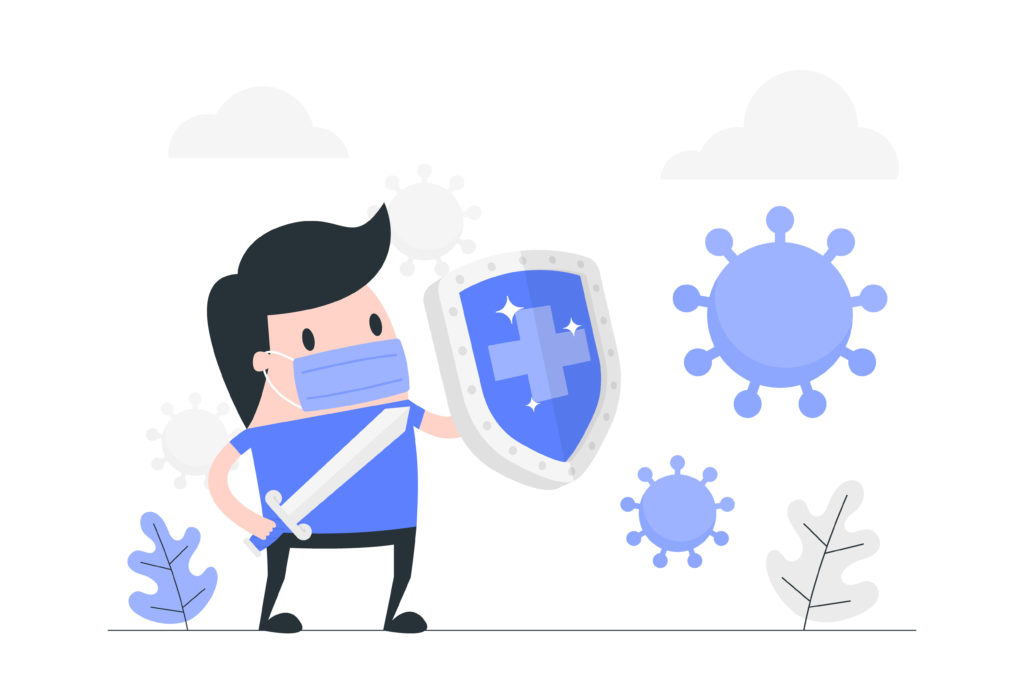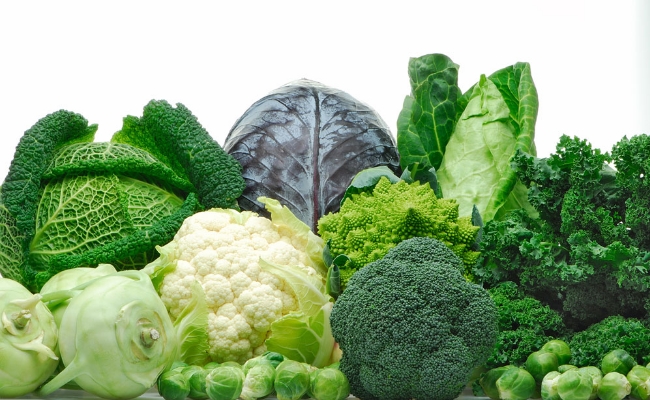As a diabetic, the chances are that your immune system is compromised and not working as well as it should. There are ways in which you can strengthen it but first you need to know how it works. Here is a simple introduction …

Your immune system is an interactive network of organs, white blood cells and proteins that protect your body from viruses and bacteria or indeed any foreign substances.
Every minute of every hour of every day we are continuously being exposed to dangerous organisms that we inhale or swallow, or that stick to our skin or our mucous membranes. These pathogens would cause disease if it were not for our defensive mechanisms, ie our immune system.
When our immune system is working properly, we don’t even notice these infectious agents. But when our immune system is compromised, ie it is underactive or overactive, we develop infections or other medical conditions.
How your immune system works
Your immune system works to (1) neutralize and remove pathogens such as bacteria, viruses, parasites or fungi that enter the body, (2) recognize and neutralize harmful substances from the environment, and (3) fight against the body’s own cells that are changing due to an illness.
Whether these pathogens or other harmful substances penetrate and cause disease is a result of both their pathogenicity (ie, how virulent they are) and the integrity of your body’s defence mechanisms.
The essential function of the immune system in its defence of your body is best illustrated when it goes wrong … underactivity (or immunodeficiency) can result in severe infections and tumours, and overactivity in allergic and autoimmune diseases.
If our immune system works properly to protect us, we never notice it. But when its performance is compromised, we develop illnesses.
For our immune system to be able to work properly it must be able to distinguish between two types of cells, organisms and substances … ‘self’ and ‘non-self’.
Self refers to cells etc inside your body … non-self refers to foreign bodies, cells etc from outside your body getting into your body … these are called antigens.
Your immune system can normally distinguish between your own cells and antigens. For example, the proteins on the surfaces of your own cells will be different than the proteins on the surfaces of antigens such as viruses, bacteria and fungi. The system can detect these differing proteins. Once it has detected antigens, your immune system will attack them to destroy them.
There are two parts to your immune system:
- a basic system that works as a general defence system against pathogens (organisms that cause disease), and
- an adaptive system that remembers specific pathogens with whom it has already had contact and will attack them if they reappear.
As you can see, your immune system adapts itself and learns so it can fight against bacteria or viruses that change over time. The two parts of your immune system complement each other in their reactions to a pathogen.
Breakdowns in the immune system
Your immune system, like any other system, can breakdown. This can happen in several ways:
- Rather than operating normally against antigens that enter your body, your system can overreact … this is called an excessive immune response.
- The system, due to damage, reacts too slowly against invading pathogens … this is called an immune deficiency.
- The system mistakenly begins attacking the cells of your own body … this is called an autoimmune attack.
Consequently, your immune system can suffer from several major disorders. As examples:
1] Allergies … an allergy is an immune system response to a foreign substance that’s not harmful to your body. These foreign substances are called allergens. They can include certain foods, pollen, or pet dander.
Your immune system’s job is to keep you healthy by fighting harmful pathogens. It does this by attacking anything it thinks could put your body in danger. Depending on the allergen, this response may involve inflammation, sneezing, or a host of other symptoms.
Your immune system normally adjusts to your environment. For example, when your body encounters something like pollen, it should realize it’s harmless. In people who are allergic to pollen the immune system perceives it as an outside invader threatening the body and attacks it, causing inflammation.
This can result in one or more allergic diseases such as food allergies, asthma, hay fever or dermatitis.
2] Immune deficiency diseases … a weakened immune system will prevent your body from fighting infections and diseases. This type of disorder makes it easier for you to catch viruses and bacterial infections.
Immunodeficiency disorders are either congenital or acquired. A congenital, or primary, disorder is one you were born with. An acquired, or secondary, disorder is an immunodeficiency you get later in life. Acquired disorders are more common than congenital disorders.
Anything that weakens your immune system can lead to a secondary immunodeficiency disorder. Examples include … exposure to bodily fluids infected with HIV … growing older … diabetes … eating too little protein … too little sleep … cancer and chemotherapy drugs … and many more.
Impairment of the immune system can lead to infections that can threaten your life.
3] Autoimmune diseases … an autoimmune reaction is one in which your immune system attacks your own body by mistake. It is caused by an autoimmune disease. In an autoimmune disease, the immune system mistakes part of your body, such as your joints or skin, as foreign. It releases proteins called auto-antibodies that attack healthy cells.
Some autoimmune diseases target only one organ. Type 1 diabetes damages the pancreas. Other diseases, like systemic lupus erythematosus (SLE), affect the whole body.
Researchers don’t know exactly what causes the immune system to misfire. Some people are more likely to get an autoimmune disease than others … the rate among women is double the rate among men … some autoimmune diseases are more common in certain ethnic groups … certain autoimmune diseases run in families.
Because the incidence of autoimmune diseases is rising, researchers suspect environmental factors like infections and exposure to chemicals or solvents might also be involved. The Western diet of high-fat, high-sugar and highly processed foods may be linked to inflammation which might in turn set off an immune response.
According to the hygiene hypothesis, vaccines and antiseptics mean children today are not exposed to as many germs as they were in the past, thus making their immune systems prone to overreact to harmless substances.
Strengthening the immune system
As a type 2 diabetic, your immune system is likely to be very weak and you need to take care to strengthen it as much as possible. You can do so with:
- Lifestyle changes
- Food choices
- Dietary supplements
- Herbs
- Essential oils
These are discussed in my next article … How to strengthen your immune system

